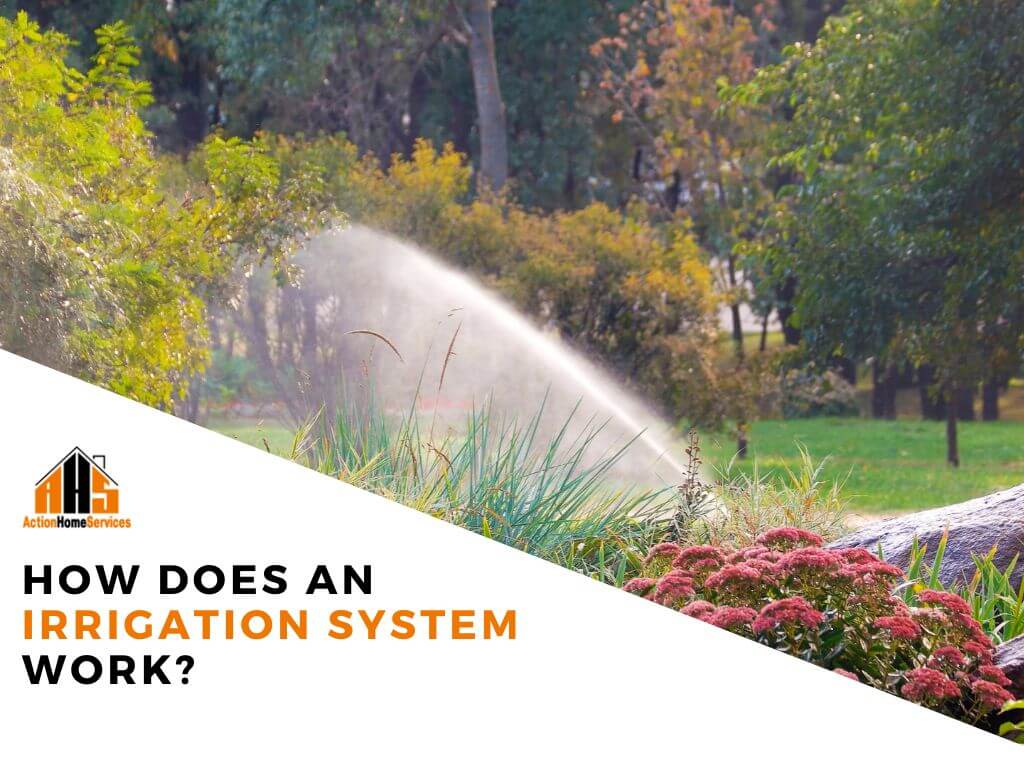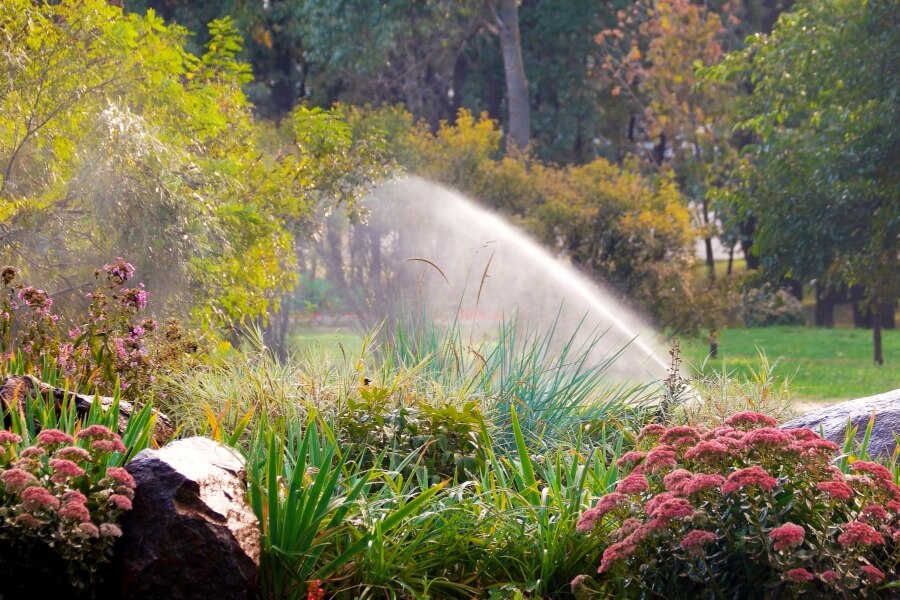
An irrigation system is a method of delivering water to plants or crops to help them grow. There are various types of irrigation systems, each with its own features and advantages.
A Comprehensive Overview of Irrigation Systems

Water Source: The system starts with a water source, which could be a municipal water supply, well, pond, river, or other water bodies.
Water Pump: In many cases, especially for larger irrigation systems, a pump is used to move water from the source to the irrigation system. The pump provides the necessary pressure to ensure water reaches all parts of the system.
Mainline: The water is then transported through a mainline, which is a network of pipes that distribute water throughout the irrigation system.
Valves: Valves are strategically placed in the mainline to control the flow of water. These valves can be manually operated, or they can be part of an automated system.
Distribution Pipes: The mainline is connected to distribution pipes, which carry water to different areas of the garden or field.
Emitters: At the end of the distribution pipes, there are emitters or outlets that release water. The type of emitter depends on the system; common types include drip emitters, soaker hoses, or sprinkler heads.
Drip Irrigation: In a drip irrigation system, water is delivered directly to the base of each plant through small tubes or pipes with emitters. This method is efficient and conserves water by minimizing evaporation and runoff.

Sprinkler Irrigation: Sprinkler systems use overhead devices to spray water over the plants. Sprinklers can have different designs, such as stationary, oscillating, or rotating heads.
Timing and Control: Many modern irrigation systems are equipped with timers and controllers. These devices allow users to schedule irrigation cycles, ensuring that plants receive water at optimal times. Some advanced systems can even be controlled remotely via smartphones or computers.
Sensors: Some irrigation systems incorporate sensors that measure soil moisture, weather conditions, or other relevant factors. These sensors can provide data to the controller, allowing for more precise and efficient watering.
Backflow Prevention: To prevent contamination of the water source, irrigation systems often include backflow prevention devices, which ensure that water flows only in one direction.

The specific components and design of an irrigation system can vary based on factors such as the type of plants, the size of the area being irrigated, and local climate conditions. The goal is to provide plants with the right amount of water at the right time to promote healthy growth while conserving water resources. Consult with a landscape consultant for the best advice on professional installation and garden watering recommendations.


